Originating from her passion for handmade craft, the doll creator mimiwn started her own doll series “una-na” in 2003. una-na is a rag doll made from scraps of her favorite fabrics and dresses. Her recent creation “knitted una-na” has been featured in the Japanese knitting magazine named “Keito-dama”.
Stylish Parisienne, Hawaiian girls…. mimiwn has created each with its own unique characteristic. It is truly one and only doll on earth.
The reputation of una-na, which mimiwn plugs away at sewing with pleasure, has spread by word of mouth. In fact, hundreds of una-na dolls have already gone to her customers. mimiwn sometimes receives a request for a custom-made doll using the customers’ own favorite clothes.
mimiwn says, “ ‘una-na’ is the only one for you in the world. While picturing the receivers’ happy faces in mind, I delve into sewing and knitting”
Don’t you have a dress you once loved and cannot wear, but you hesitate to throw it away? Isn’t there any fabric or button waiting to be used? Isn’t it wonderful that such a “useless but favorite” thing may come back to you as a doll?
You will soon prepare for different set of clothing for the coming summer. If you wonder what to do with your well-worn clothes, how about using them as materials for handmade crafts? You might discover “treasures” you never expected.
You can see the blog of “una-na” at http://yaplog.jp/una-na/

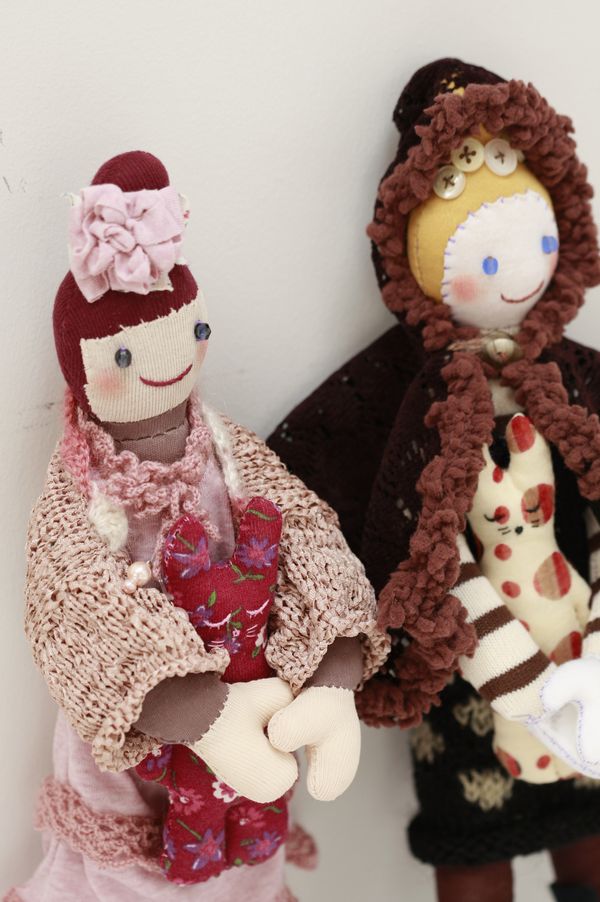
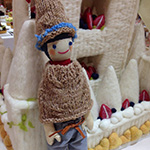 Inspiration file 38
Inspiration file 38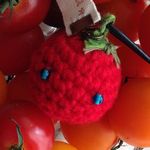 Inspiration file 17
Inspiration file 17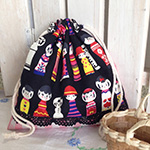 Inspiration file40
Inspiration file40
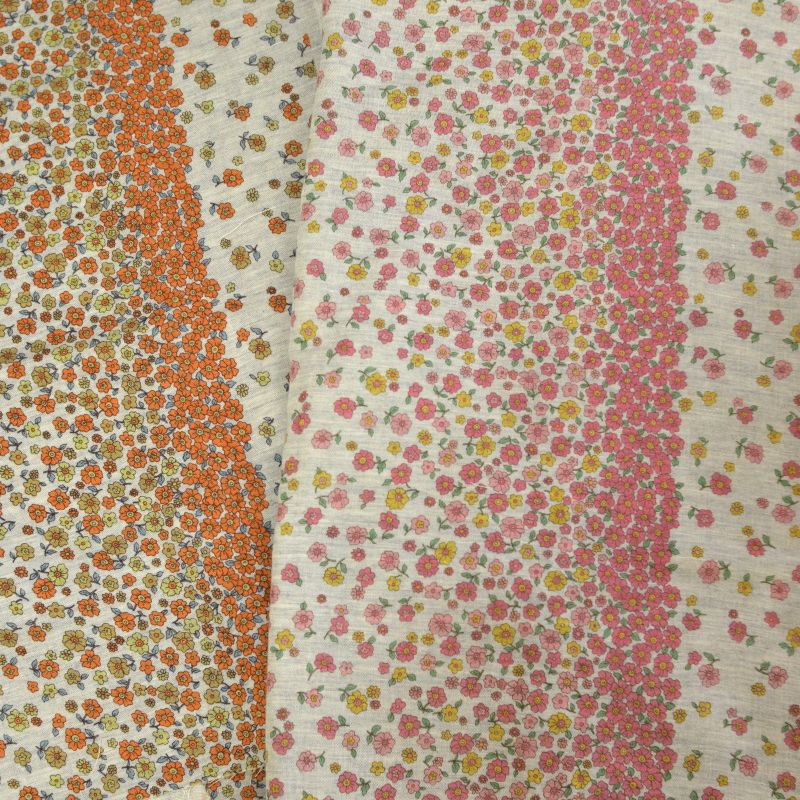

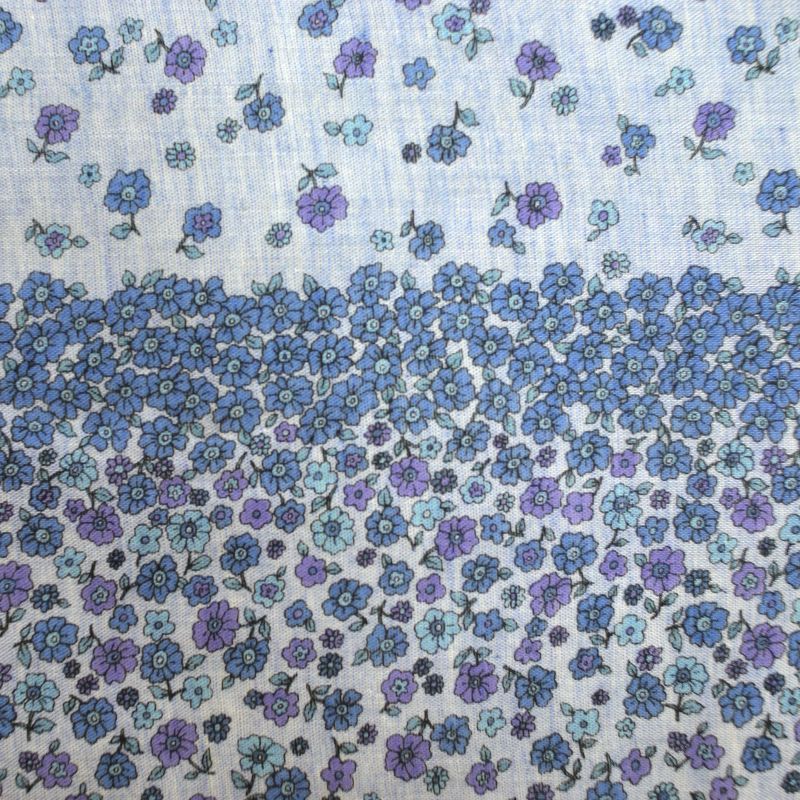
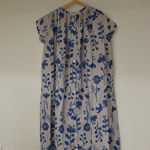 Ao (Blue)
Ao (Blue) 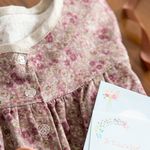 20W gauze
20W gauze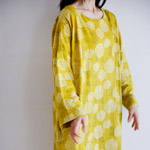 Trefle Cucito
Trefle Cucito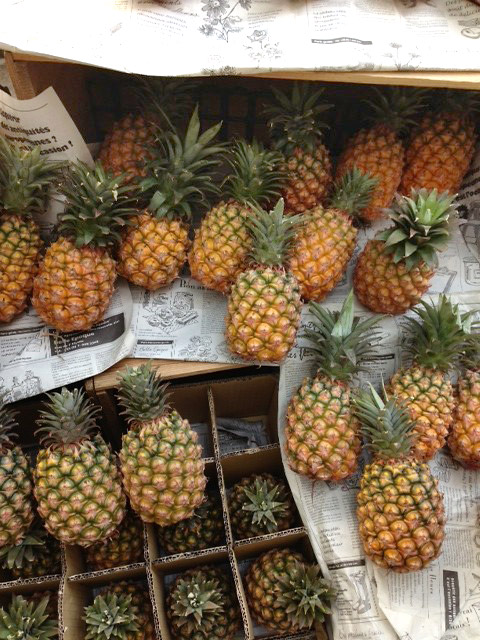
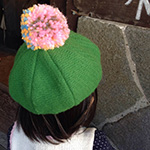 Inspiration file 27
Inspiration file 27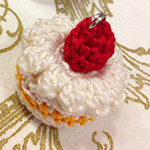 Inspiration File 30
Inspiration File 30 Inspiration 44
Inspiration 44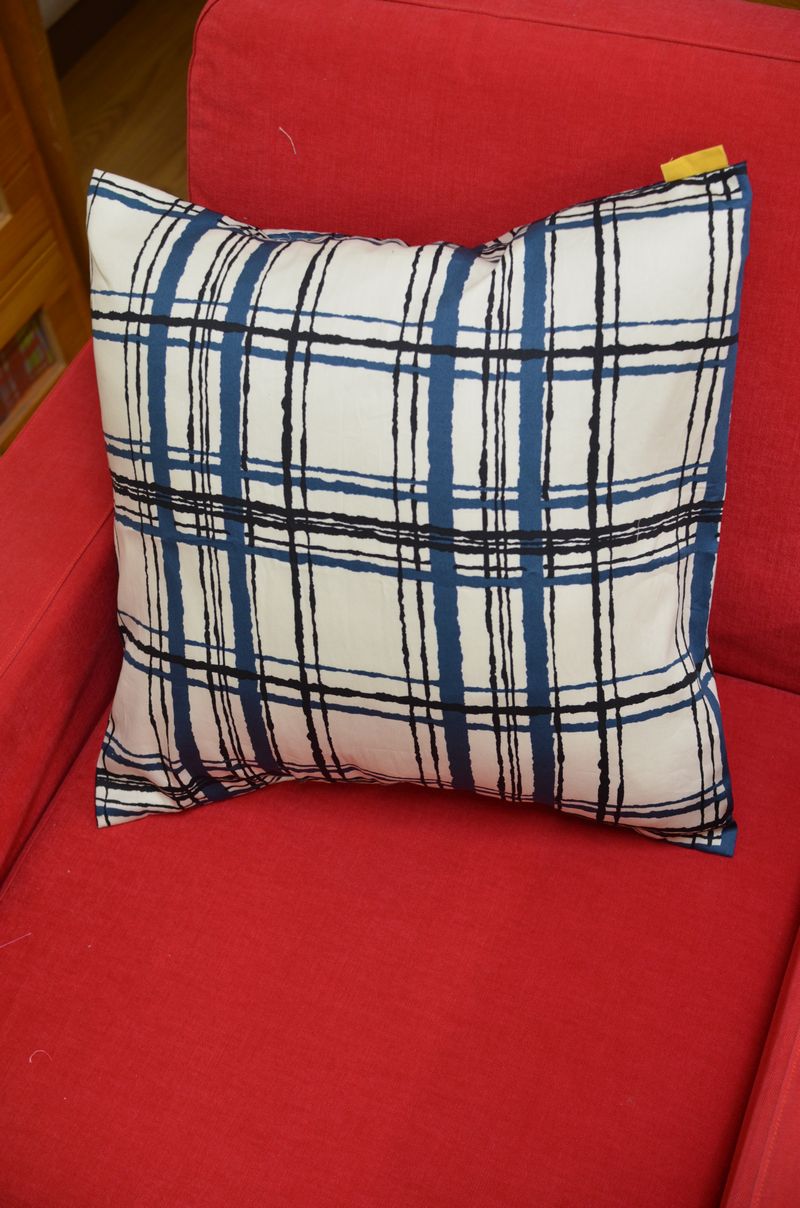
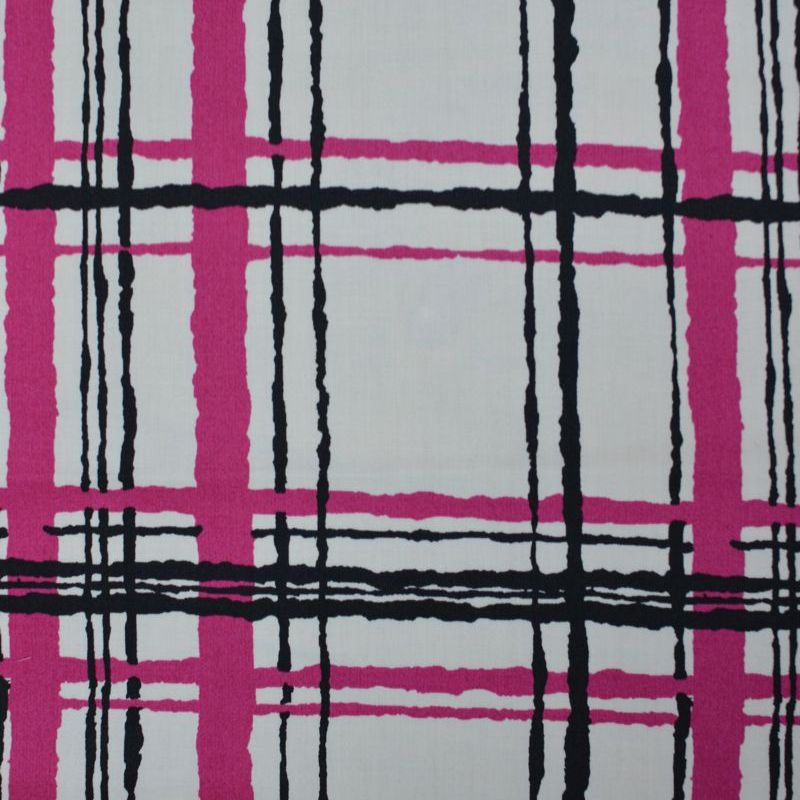

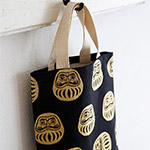 Showa Retro
Showa Retro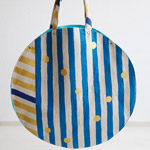 echino 2016 Collection
echino 2016 Collection 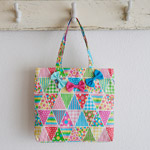 Plump Cheeks ‘70s Retro
Plump Cheeks ‘70s Retro